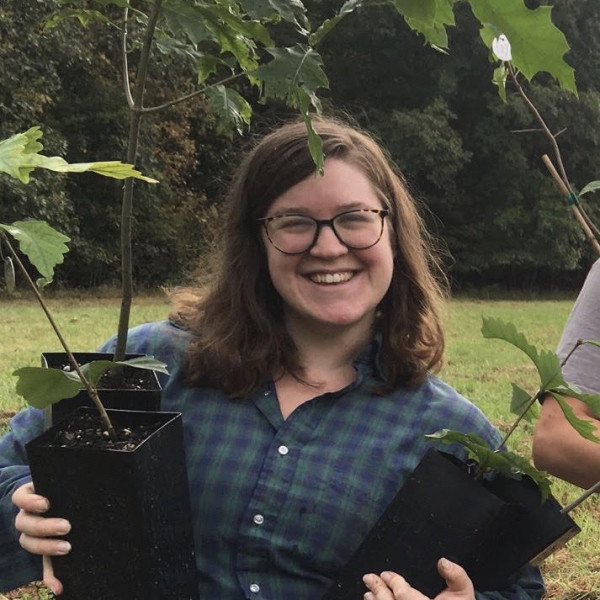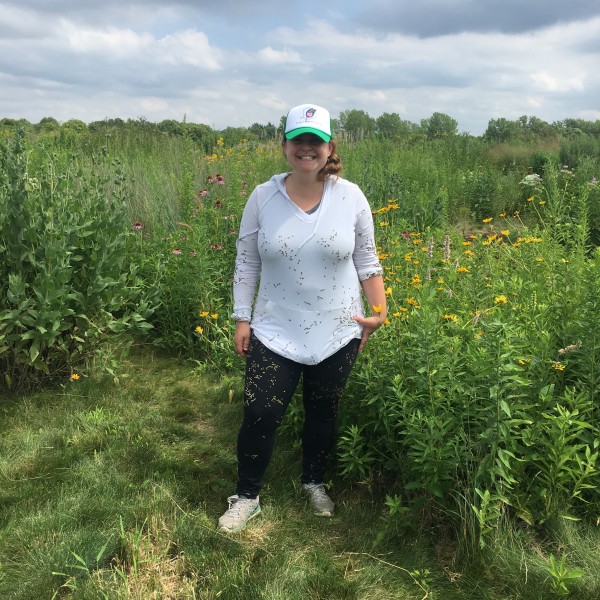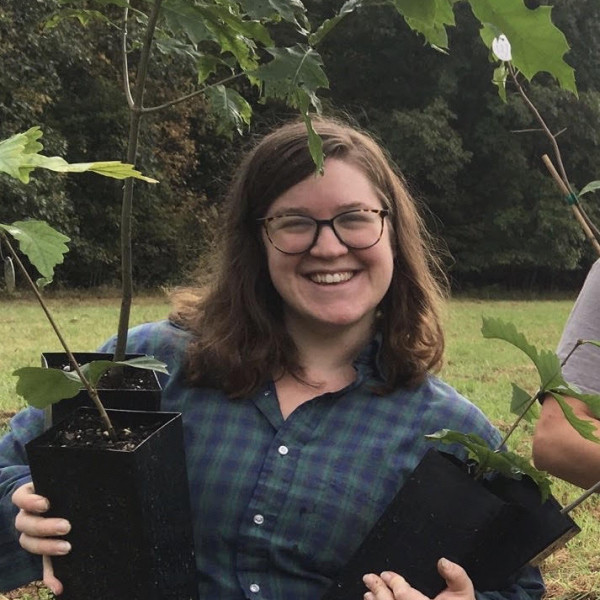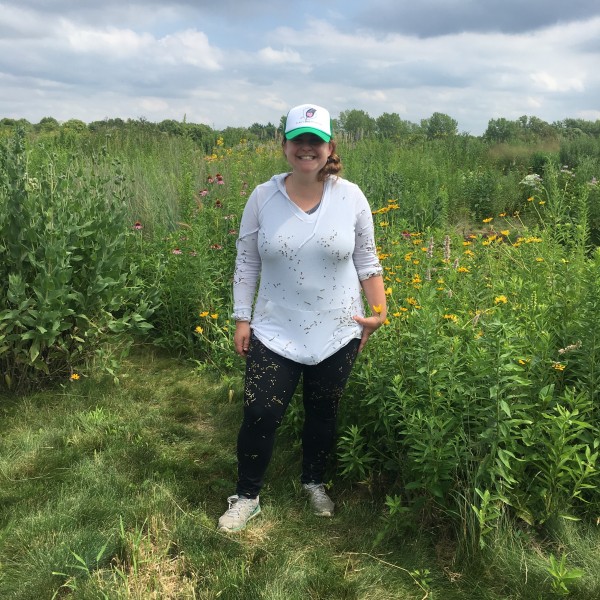
Examining variation in the understory plant community composition of restored oak woodlands 2021
Most of the time we will be in the field conducting vegetation surveys in oak woodlands. However, there will be time in the office to work on ArcGIS and Rstudio skills.
Ecology, GIS, Fieldwork, Plant Traits, Natural Areas Management
Ecological
restoration aims to restore the processes, structure, and functions that
maintain biodiversity within an ecosystem. However, restoration outcomes are
currently unpredictable with a considerable amount of variation between sites
that have been restored using similar methods. The science of restoration
ecology aims to use ecological theory to better understand this variation and
to build more effective restoration practices. This project will focus on the
variability in restoration outcomes in oak woodlands in the Chicago-region.
Agricultural land-use changes, habitat fragmentation, fire suppression, and
invasive species have all contributed to the degradation of these
woodlands. Within the Forest Preserves of Cook County, land managers
perform ecological restoration through the mechanical removal of invasive
species, the seeding of native plant species, and the reintroduction of
prescribed fire. This summer, I will conduct plant community surveys and
collect data on environmental variables in restored and unrestored oak
woodlands within the Forest Preserves of Cook County. I will also use ArcGIS to
assess the landscape characteristics of these sites. I am interested
in how understory plant community composition in oak woodlands is influenced by
different management techniques, local and landscape site characteristics,
land-use history, and species' interactions. Through this research, I aim to
help build more effective management strategies in oak woodlands by increasing
our understanding of the conditions and processes that influence understory
plant community composition in this ecosystem.




